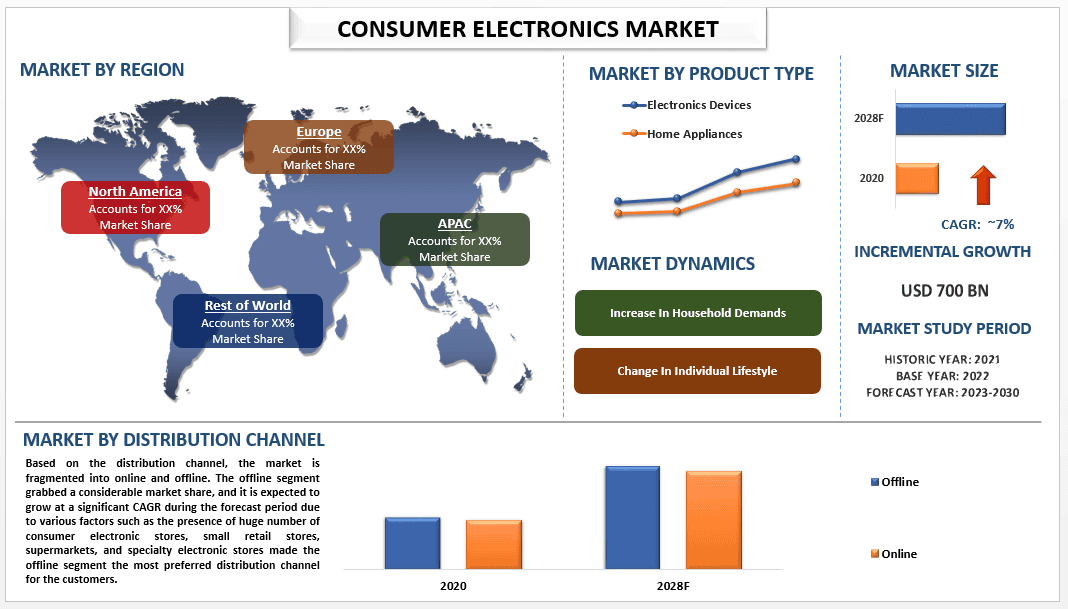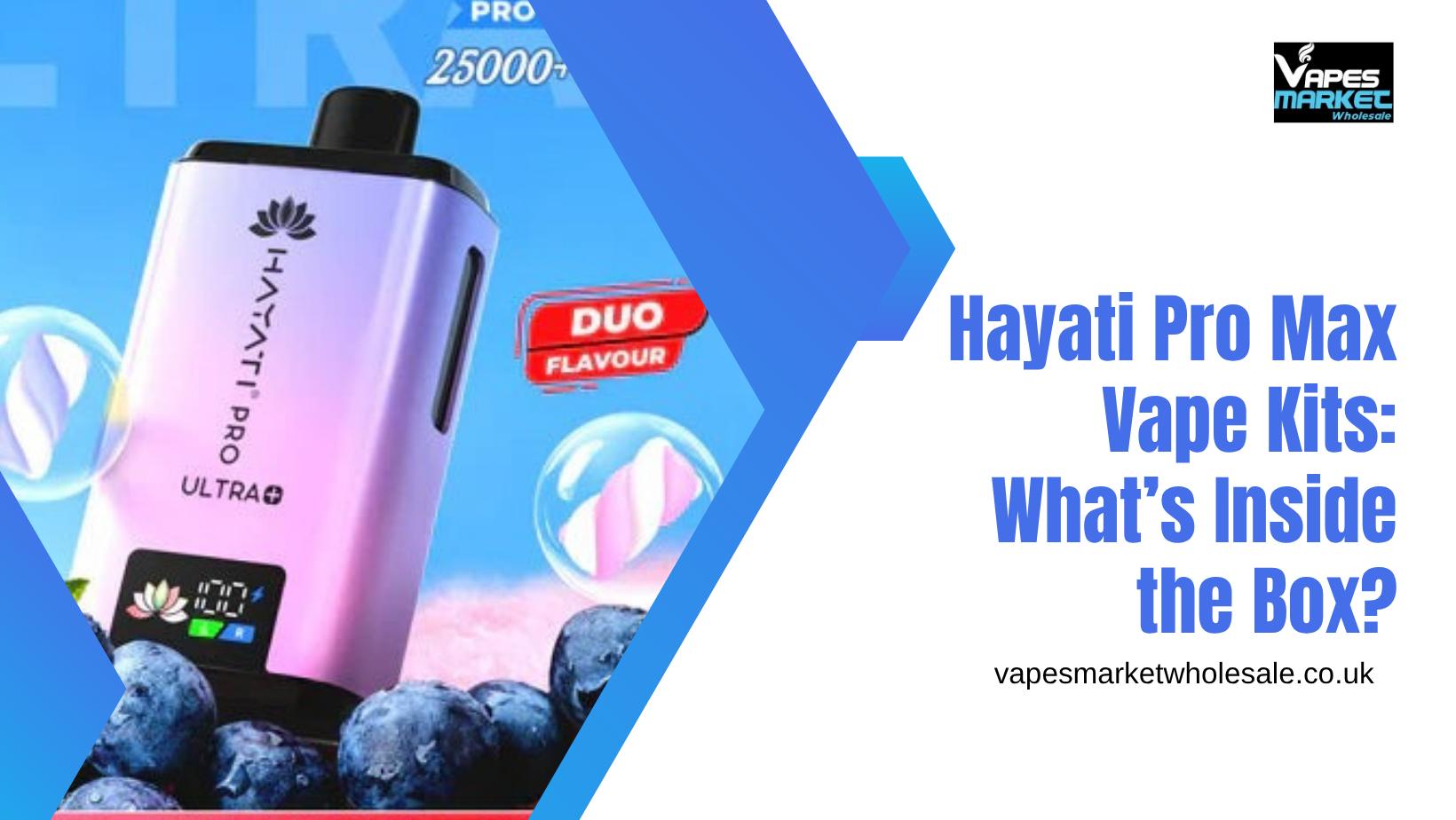Global Secondary Battery Market Emerging Trends
The secondary battery market is experiencing rapid transformation, fueled by increasing demand for energy storage, consumer electronics, and electric mobility. As the global economy pivots towards decarbonization and smart energy solutions, secondary batteries—also known as rechargeable batteries—are becoming integral across industries ranging from automotive and telecommunications to grid storage and medical devices.
Market Dynamics
Several key trends are driving the growth of the secondary battery market. Foremost is the surge in electric vehicle (EV) adoption. Automakers worldwide are ramping up EV production, supported by aggressive emissions reduction goals and favorable government policies. This transition is creating a significant demand for lithium-ion batteries, which are widely used for their energy density, efficiency, and rechargeability.
In parallel, the renewable energy sector is contributing to this growth. As solar and wind installations expand, the need for reliable storage solutions to manage intermittency becomes essential. Secondary batteries, especially lithium-ion and flow batteries, are emerging as the preferred option for residential, commercial, and utility-scale energy storage systems. They offer the capability to store surplus energy during peak generation and discharge it when demand surges.
The consumer electronics industry remains another stronghold for secondary battery demand. Smartphones, laptops, wearable tech, and smart appliances continue to rely on compact, high-capacity rechargeable batteries. As 5G adoption and smart home ecosystems evolve, this dependency will only increase, driving further innovation in battery life, size, and safety.
Technological advancement is also shaping the landscape. Research into solid-state batteries, lithium-sulfur chemistries, and silicon-based anodes promises higher performance, faster charging, and longer lifespans. These innovations are expected to expand the scope of secondary battery applications while addressing concerns like degradation and thermal runaway.
Environmental concerns and circular economy principles are influencing battery manufacturing and recycling. There is a growing push toward developing sustainable materials, minimizing rare earth dependence, and establishing battery recycling infrastructure to reduce waste and recover valuable components.
Competitive Landscape
The secondary battery market is highly competitive, with major players focusing on performance optimization, cost reduction, and supply chain security. Manufacturers are scaling production capacities, forming joint ventures, and securing raw material sources to meet soaring demand.
Lithium-ion battery manufacturers dominate the landscape, serving both automotive OEMs and energy storage companies. They are investing in giga-factories and vertically integrated operations to ensure price competitiveness and product consistency. These players are also exploring strategic partnerships with tech companies to accelerate innovation and bring new chemistries to market.
Meanwhile, companies in the nickel-metal hydride (NiMH) and lead-acid battery segments continue to serve niche markets, including industrial machinery, medical devices, and backup power systems. Although overshadowed by lithium-ion technology, these chemistries remain relevant due to their reliability, safety, and recyclability.
Regional dynamics also play a significant role. Asia-Pacific leads global battery production, with countries like China, South Korea, and Japan hosting major cell manufacturers and component suppliers. North America and Europe, in contrast, are investing heavily in domestic battery manufacturing to reduce import dependency and align with local EV mandates and clean energy goals.
Intellectual property and innovation pipelines are becoming critical competitive tools. Companies are racing to patent new electrolyte compositions, battery management systems, and cell designs that improve efficiency, charge cycles, and thermal performance. Software integration is also gaining prominence, with smart battery management systems enabling remote monitoring, predictive maintenance, and real-time optimization.
Challenges and Opportunities
Despite robust growth, the secondary battery market faces notable challenges. Supply chain volatility, particularly around lithium, cobalt, and nickel, is affecting raw material availability and pricing. Mining constraints, geopolitical tensions, and rising extraction costs are prompting companies to diversify sources and explore alternative materials.
Safety concerns around battery overheating, fires, and degradation also remain in focus. Manufacturers are addressing these risks through advanced cooling systems, improved separators, and enhanced battery management algorithms. Regulatory standards are evolving accordingly, demanding rigorous testing and certification.
Recycling and end-of-life battery management are becoming critical issues. As volumes of spent batteries increase, the pressure is mounting to develop efficient, cost-effective recycling technologies. Closed-loop systems that recover lithium, cobalt, and other valuable materials are being piloted to support a circular economy model.
Nonetheless, the opportunities are vast. Energy storage remains a cornerstone of the global transition to renewable power, and secondary batteries are at the forefront of this revolution. With emerging applications in aerospace, marine, agriculture, and defense, the scope of the market is expanding well beyond its traditional domains.
The future of mobility, energy, and electronics will be defined by how efficiently and sustainably energy can be stored and reused. As innovation continues to push the boundaries of battery performance, the secondary battery market will play a pivotal role in shaping the global energy ecosystem. For deeper insights on these evolving trends, explore expert research from Market Research Future.
More Trending Reports:
Hydrogen Fueling Station Market








